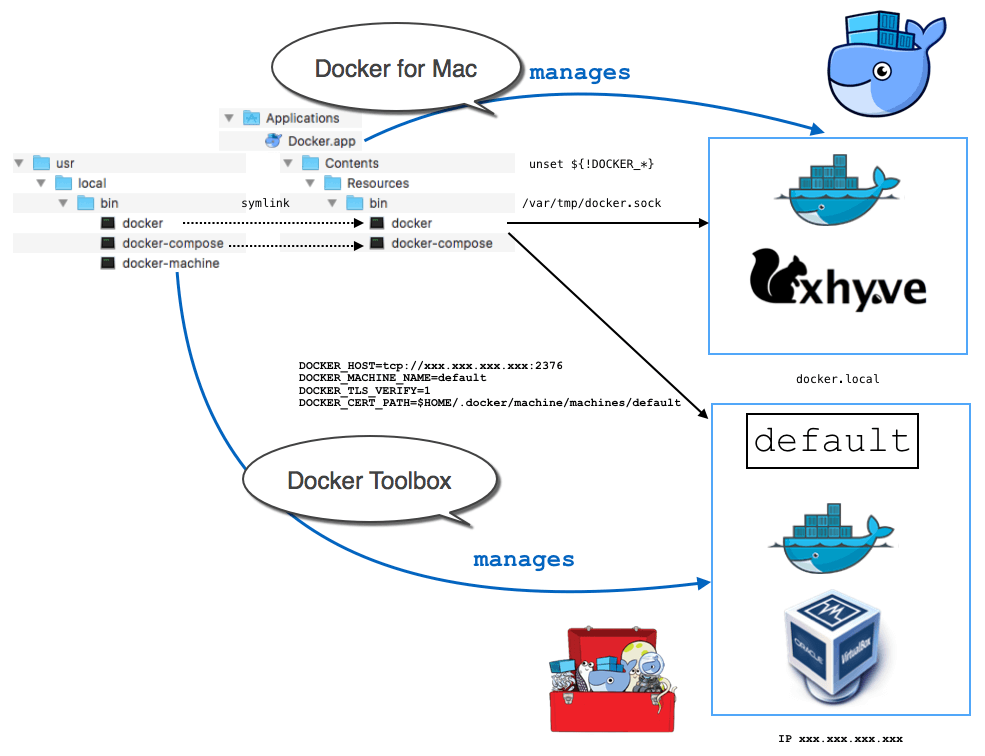


Since the dashboard pod is deployed under the kube-system namespace, I’m going to use the following command to see the pod: kubectl get pods -namespace kube-systemĬoredns-6955765f44-kxqmm 1/1 Running 0 1dĬoredns-6955765f44-mtwx5 1/1 Running 0 1d Service/dashboard-metrics-scraper createdĭeployment.apps/dashboard-metrics-scraper created 8s.io/kubernetes-dashboard createdĬ8s.io/kubernetes-dashboard createdĭeployment.apps/kubernetes-dashboard created 8s.io/kubernetes-dashboard createdĬ8s.io/kubernetes-dashboard created Secret/kubernetes-dashboard-key-holder createdĬonfigmap/kubernetes-dashboard-settings created Secret/kubernetes-dashboard-certs created Serviceaccount/kubernetes-dashboard created
DOCKER FOR MAC 17.12 INSTALL
Kubernetes master is running at KubeDNS is running at And: kubectl get nodesĭocker-for-desktop Ready master 1d v1.8.2įor management purposes, I’m also going to install the Kubernetes dashboard : kubectl apply -f Īnd the result: namespace/kubernetes-dashboard created Next, let’s find out about the single-node cluster: kubectl cluster-info Let’s enter some kubectl commands to find out more about the installation. Īfter a few minutes, Kubernetes will be enabled, as reflected by the green statuses at the bottom of the preferences dialog. To enable it, click on the Docker icon, go to Preferences | Kubernetes, select the Enable Kubernetes checkbox and hit Apply. Open your terminal and enter the docker info command to verify. You will also see the little Docker whale icon appear at the top of your Mac’s screen. This process takes a few minutes, at the end of which Docker is installed and launched. On your Mac, double-click the Docker.dmg file and begin the installation process as instructed. Downloading and installing Docker for Macįor now, Kubernetes is only available on Docker for Mac 17.12 CE Edge (special Docker version for new and experimental features), so make sure you install the Edge version. This article reviews this new release and takes you through some steps to get a simple demo application running–and yes, there is some logging involved as well. As part of the deal, you get a single-node Kubernetes cluster using the latest version of Docker as the container runtime, and the ability to deploy to Kubernetes using Docker Compose or Kubernetes manifest files. Well, you can now build their containerized applications and deploy them to Kubernetes, locally and on the same Docker instance. The announcement signified a major strategic decision by Docker, and it was followed up by the release of Docker for Mac with Kubernetes a few weeks ago. While one can argue about the unequivocal tone used in these titles, there is little doubt that 2017 was a watershed year for Kubernetes, and in many ways for Docker as well. Since Docker offers an orchestration tool of its own, Docker Swarm, this move has given rise to article titles such as “Docker give into the inevitable” or “Kubernetes has won.” This has been somewhat of a big topic for debate in the world of containers and orchestration, and for good reason. If you just awoke from a few months worth of slumber (three months to be exact), this might be a bit of a shocker-Kubernetes? On Docker? So, yes-last October Docker announced at DockerCon Europe that future EE versions are going to support Kubernetes integration.


 0 kommentar(er)
0 kommentar(er)
